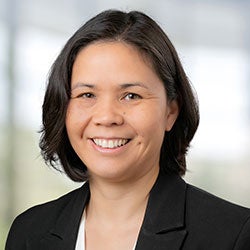Figure 2 provides an overview of the precision medicine ecosystem, but behind this framework lie other, more subtle interconnections between stakeholders. The moving parts across the patient pathway include stages of referral and consent, biospecimen collection and genomic sequencing, variant analysis and clinical trial matching, and patient follow-up and reporting. Each stakeholder must manage their role to ensure the right activity is carried out in the right way, at the right time, so that each stage proceeds smoothly and efficiently.
An integrated, multidisciplinary effort involving all stakeholders is key to this effort. Up until now, the stakeholders most involved in precision medicine initiatives across the Asia-Pacific (APAC) region have been local governments. Singapore, Thailand and Japan have all created individual initiatives to drive the use of precision medicine in genomic sequencing of their various populations, aiming to grow local knowledge and support precision medicine capabilities in their countries.
Precision medicine also has strong support in Australia, but with a difference from the largely government-driven approach of these other examples. In Australia, precision medicine's ecosystem has seen much more of a public-private partnership across the relevant stakeholders - a unique combination in comparison to other overseas initiatives.
One example is Australian Genomics, a collaborative group of 80 government and commercial organisations that includes research institutions and clinical care providers, established by the Australian government in 2021. Australian Genomics supports the integration of genomic medicine as a standard of healthcare in Australia, advising the government on how to roll out and manage its decade-long AUD $500 million genomics programme, as part of the government's Medical Research Future Fund.
A related initiative involves Omico, an Australian government-backed national network of researchers, clinicians and related industry partners. Omico's Precision Oncology Screening Platform Enabling Clinical Trials (PrOSPeCT) initiative is an AUD $185 million genomic medicine project involving the government, global pharmaceutical companies like Roche and Bayer, social impact investors, and other research institutes and clinical care providers. Uniquely, it is a true public-private partnership, with state and federal governments joining forces with industry and not-for-profit organisations to deliver a national programme.
PrOSPeCT is intended to bring precision oncology trials to the Australian public by linking genomic technology to trials of new therapeutic products. It will sequence the genes of 20,000 Australian cancer patients to help develop new treatment paths across Australia for people with difficult-to-treat cancers.
PrOSPeCT builds on the impressive results that Omico has achieved through the Molecular Screening & Therapeutics (MoST) study, which has successfully screened over 7,000 cancer patients, recommending treatment to almost 4,000 and referring over 600 to clinical trials. It is estimated that PrOSPeCT will deliver AUD $525 million in new direct investment in locally based clinical trials, create 650+ new highly skilled jobs in two years and deliver $135 million of savings in healthcare costs through avoided health interventions, including medicines, tests and additional hospital costs.
There are challenges to consider in getting to 'success'
PrOSPeCT also demonstrates the importance of having the right business models and structures in place to ensure long-term funding and stakeholder support across the life of the project. The initiative, and other examples like it, showcases both the opportunities and challenges in scaling precision medicine applications to enable widespread access to patients and improved health outcomes (see Figure 3).







